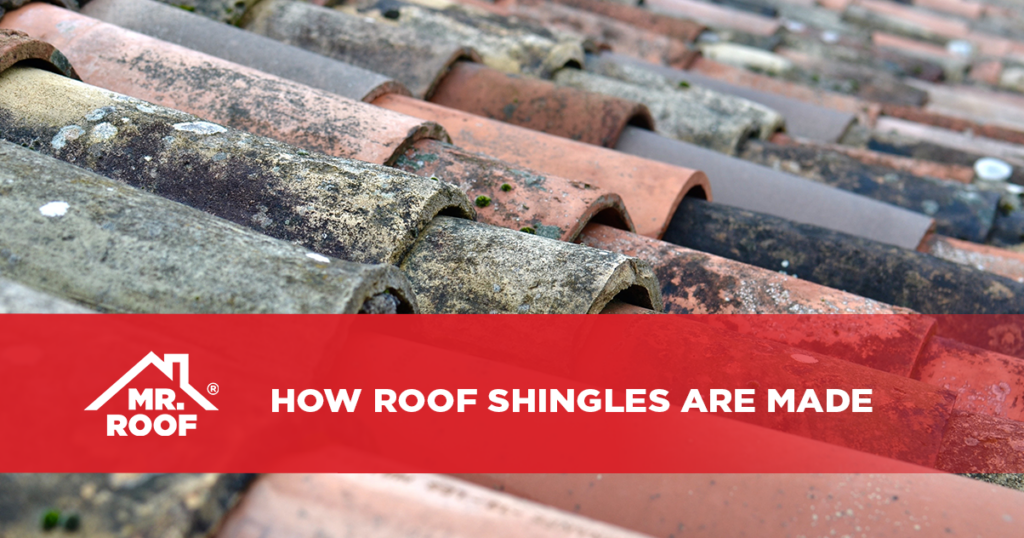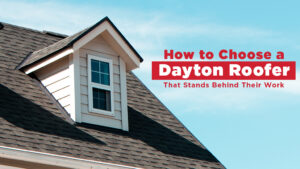Roofing shingles serve as an aesthetic showpiece of a finished roof, making the roof appear neat and visually appealing. Aside from aesthetics, shingles have other fascinating characteristics that make them great for roofing and suitable for many different types of structures.
There are different types of shingles available on the market for finishing homes and businesses, and each has a unique structure and manufacturing process. If you are curious to know more about the purpose and creation of the different types of shingles and how they can be beneficial to your home or business, the descriptions below can help you understand the basics.
Common types of shingle materials
Roofing shingles come in different forms and are made primarily from several types of durable materials. Each material has distinguishing qualities that make them suitable for specific purposes, regions, and budgets.
Wood shingles are unique from other types because the panels are cut from red cedar or pine trees. Newer wooden shingles for roofing are cut from newly grown trees and require treatment with chemical preservatives to help them hold up as well as previous versions of wood shingles that were cut from more mature trees. Wood Shingles are also treated to achieve a comparable fire resistance rating to shingles made of other types of materials.
Aluminum shingles have a reputation for longevity, but they are expensive in comparison to other shingles types.
Fiberglass-based asphalt shingles currently cover approximately 80% of homes across the United States. The popularity of asphalt shingles can be attributed to them being lightweight, comparatively affordable, easy to install, and generally requiring low maintenance. Another wonderful quality of asphalt shingles is they come in several appealing colors.
Asphalt shingles are available in two varieties, the “strip” style shingle and the “dimensional laminated” style shingle. The strip shingle is also known as 3-tab shingles (because of the cut). Strip shingles are the most basic type of asphalt shingles, made from a single layer of asphalt. They have a very flat appearance that looks slate-like.
Dimensional shingles are also called architectural or laminate shingles. They are the most common type of asphalt shingles produced and used for their durable construction. Dimensional shingles are manufactured with at least two layers of asphalt, fused together to create a thicker, more multi-dimensional appearance. These shingles are usually heavier than strip shingles and come with higher warranty protection.
The luxury shingle is the premium model shingle with the highest quality. They are laminated and offer a distinctive appearance and functionality that surpasses that of dimensional shingles. Luxury shingles offer the realistic look of the vintage wood shake and styles of quarried slate roofing. Luxury shingles are seen as the ‘heavyweights’ of the shingle hierarchy because they offer premium protection against weathering. In addition to being highly durable, luxury shingles are beautiful, and they are more vivid and dimensional.
Manufacturing process
Asphalt is the most commonly used type of shingles composed of a mixture of raw and manufactured materials. Each day across the U.S., roofing plants manufacture asphalt shingles using the following process:
- A filled coating, made of a mixture of crushed limestone and asphalt, is heated to 400 degrees and applied to sheets of fiberglass.
- Next, shingle granules made from mined rock get specialty ceramic coating applied, including color, to help the granules reach the desired shingle color.
- A thin coating of sand is then applied to the coated sheet and fed into a press that embeds the granules into the other materials.
- The sheet will then loop through a series of different rolls, having a fine mist of water sprayed onto it. The water mist removes heat from the sheet helping the materials cook down.
- Once cooled, a strip of sealant is applied to the base sheet to protect shingles against wind damage.
- Lastly, precise cutting machines slice the base sheet into individual shingles to be stacked, bundled, and packaged to be transported to companies like ours to be used in homes like yours.
Mr. Roof uses the best quality materials on your roof, guaranteed
No matter what type of shingles your roof requires, you need to have a professional roofing company inspect your current roof to assess the best way to proceed with your repair or replacement.
Mr. Roof has a team of roofing installation experts ready to apply their knowledge and skill to help you select the best type of shingles for your roof. Contact our team today to discuss your needs and see what options are available. Trust in us to transform your roof and enhance the quality and value of your home.









